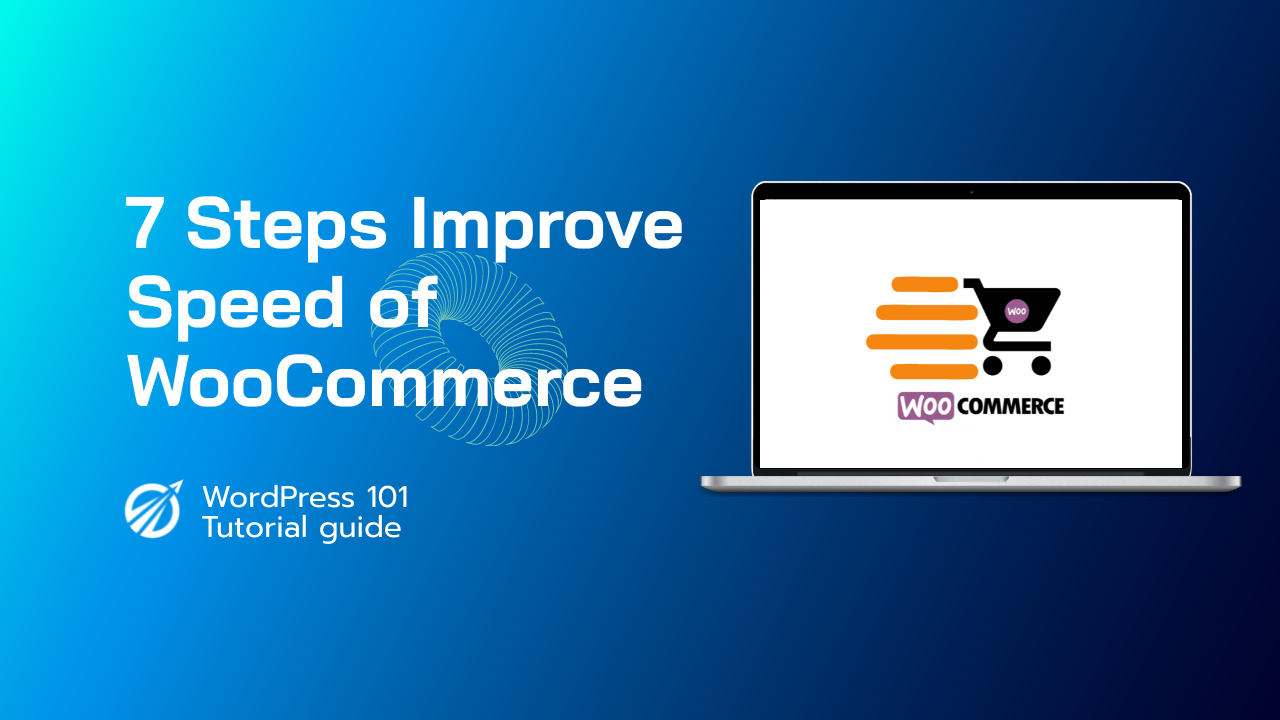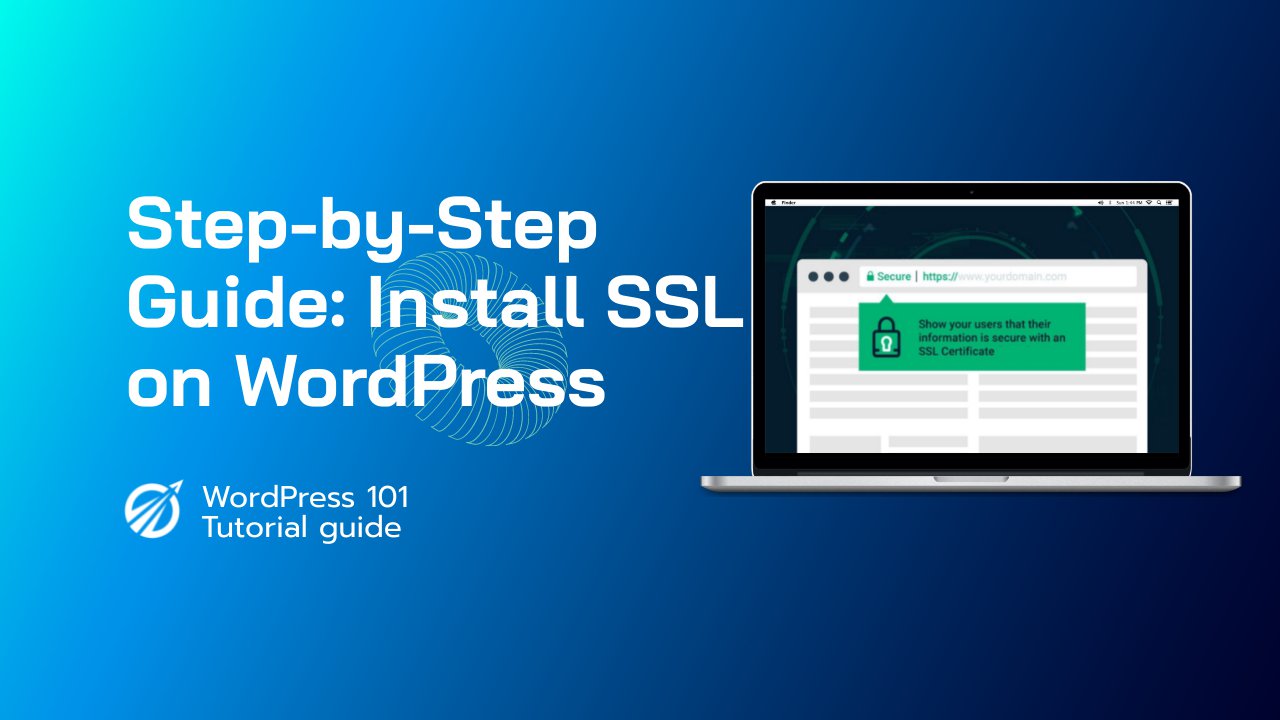在当今快节奏的数字世界中,网站速度在确保客户保留和满意度方面起着至关重要的作用。WooCommerce 是最受欢迎的电子商务平台之一,需要优化以获得更好的功能和性能。在本文中,我们将讨论七种有效的技术,这些技术可以大大提高您的 WooCommerce 商店的速度并让您的客户满意。
目录
选择优质托管服务提供商
设置 WooCommerce 商店时,选择可靠的托管服务提供商至关重要。 您选择的托管服务会对网站的速度、性能和安全性产生重大影响。优先考虑提供专门针对 WooCommerce 商店优化计划的托管服务提供商。寻找服务器级缓存、固态硬盘 (SSD) 和专用资源等功能。此外,请确保托管服务提供商提供出色的客户支持和定期备份,以确保您的商店始终正常运行。
优化图像以提高 Web 性能
图片是在线商店不可或缺的组成部分,但它们也可能是网站速度缓慢的主要原因。要优化图片以提高网站性能,请遵循以下建议:
- 压缩图像: 在不影响图片质量的情况下减小图片文件大小可以缩短网站的加载时间。使用 TinyPNG 或 ShortPixel 等工具可以压缩图片,同时不影响质量。
- 使用适当的图像格式: 选择正确的图像文件格式。JPEG 适合照片和详细图像,而 PNG 更适合包含文本内容的图形。
- 启用延迟加载: 延迟加载允许图像仅在即将出现在用户屏幕上时加载,从而提高页面的初始加载速度。
启用缓存
缓存是一种强大的技术,可以大大提高 WooCommerce 商店的速度。它的工作原理是将网站内容的静态版本存储在服务器上,从而减少加载页面所需的时间。您可以实施多种缓存方法:
- 浏览器缓存: 此方法将您网站的静态内容存储在访问者的浏览器中,从而减少了访问者每次返回时加载整个页面的需要。
- 服务器缓存: 这涉及在您的服务器上缓存动态生成的页面,以便将它们作为静态页面提供,从而减少服务器响应时间。
- 整页缓存: 一些缓存插件提供全页缓存,可以缓存 WooCommerce 商店的整个页面,为回访者提供更快的加载时间。
考虑使用流行的缓存插件,例如 WP Rocket、W3 Total Cache 或 WP Super Cache,以在您的 WooCommerce 商店上启用缓存。
利用内容分发网络 (CDN)
内容分发网络 (CDN) 是一个全球分布的服务器网络,无论用户身处何地,它都可以显著提高您网站的加载速度。当您的网站使用 CDN 时,您的静态 Web 内容将被缓存并从最近的服务器传送,从而减少延迟并提高您的电子商店的速度。流行的 CDN 提供商包括 Cloudflare、Amazon CloudFront 和 KeyCDN。将 CDN 与您的 WooCommerce 商店集成不仅可以提高网站速度,还可以增强整体用户体验。
优化数据库
优化 WooCommerce 商店的数据库可能会对您网站的整体性能产生重大影响。定期维护和优化数据库可以防止不必要的膨胀,并确保其高效运行而不会降低网站速度。实施以下策略来优化数据库:
- 删除不需要的数据: 删除冗余数据(例如过期的瞬态数据、日志条目和孤立的元数据)可以显著提高数据库性能。
- 优化数据库表: 使用 WP-Optimize 这样的插件,您可以执行定期的数据库优化和清理任务,例如删除陈旧的数据库条目和优化数据库表。
- 限制帖子修改: 默认情况下,WordPress 会存储您帖子的无限修订版本,这会迅速增加您的数据库大小。限制存储的修订版本数量有助于最大限度地减少数据库膨胀。
限制插件和扩展的使用
虽然插件和扩展可以为您的 WooCommerce 商店添加功能和特性,但它们也会增加页面加载时间,特别是如果它们编码不当或不必要的话。要维护快速的 WooCommerce 商店,请遵循以下建议:
- 仅使用必要的插件: 仅安装对商店运营至关重要的插件和扩展,并删除不再需要或不再使用的插件和扩展。
- 检查插件质量: 研究您安装的插件的质量,选择信誉良好、维护良好、评价良好且用户群庞大的插件。
- 监控插件性能: 使用 Query Monitor 等工具来分析您的 WooCommerce 商店中安装的插件的性能,找出可能对您的网站速度产生负面影响的插件。
压缩并合并 CSS 和 JavaScript 文件
压缩是从代码文件中删除不必要的字符(如空格和注释)的过程。将多个文件合并为一个文件可减少服务器请求的数量,从而提高网站速度。压缩和合并 CSS 和 JavaScript 文件对于简化 WooCommerce 商店的性能至关重要。使用 Autoptimize 或 W3 Total Cache 等插件来简化此过程。
实施上述七种技术将在优化 WooCommerce 商店的速度方面发挥关键作用,从而提高客户满意度和转化率。请记住,保持最佳网站性能是一个持续的过程,因此请密切关注网站的速度,以确保为您的客户提供无缝的购物体验。



















